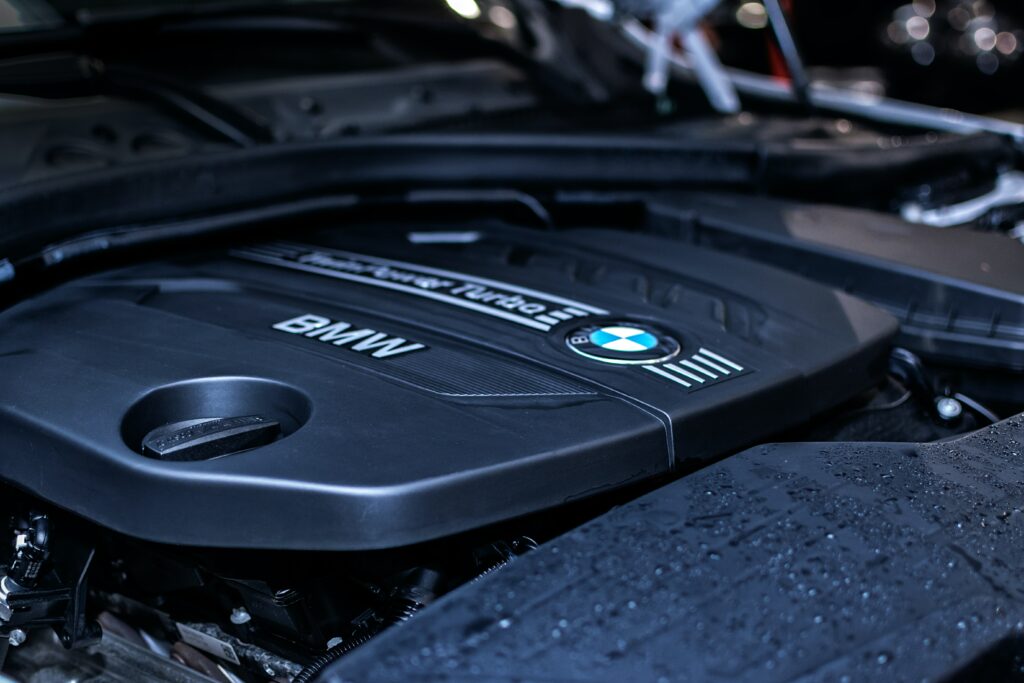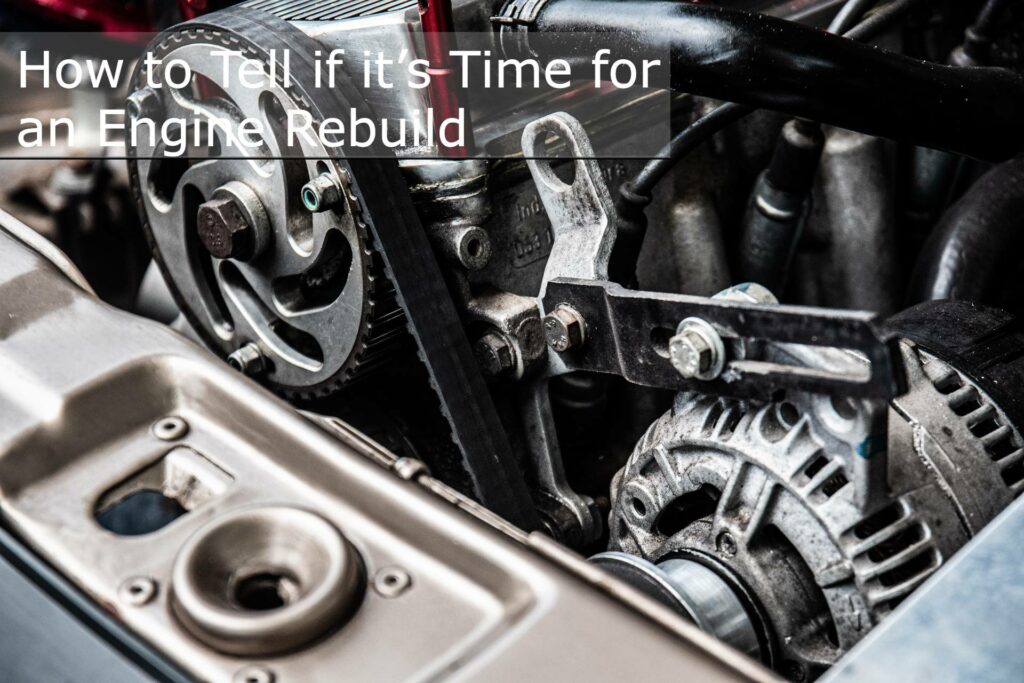Protecting your car should be a priority. Whether an engine build is your favorite hobby, you want a fast engine, or you need to revive your car, researching the process is important. That’s why we give you a cheat sheet, with a brief overview of car engine types, how to know if it is time for an engine build, and some engine building basics.
Car Engine Types
There are three common types of car engine layouts:
- V Engine: V engines are often seen on high-performance super cars. They can fit many cylinders (often 6 or more), which are at a 60 degree angle. V engines sit lower and have a better center of gravity.
- Flat or “boxer” engine: These engines are found in Porsches and are not very common. The cylinders lie horizontally. Flat engines sit very low and have improved handling.
- Inline or Straight: These engines are found in SUVs, cars, and trucks, with the cylinders sitting upright. They typically have 4, 5, or 6 cylinders. Inline engines are taller and narrower.
How to Know if it’s Time for an Engine Rebuild
Engine rebuilds often occur for two reasons:
- There is wear to the piston rings
- There is wear to the engine bearings
Piston rings being worn result in “blow-by.” When this happens, crankcase oil escapes the rings and is burned with the fuel. This may cause excessive smoke in the exhaust of old engines. You may have wear to your piston rings if you have oil consumption and an excessive amount of white smoke in your exhaust.
Worn engine bearings can be identified by a loud knocking sound, and they will eventually cause engine failure. You may also see metal shavings in the engine oil.
Even if your engine is not showing these signs, it’s important to keep up with engine maintenance. Make sure to get an engine performance service throughout your car’s life to keep your engine in good condition.
Engine Building Basics:

Rebuilding your car engine can be expensive and time consuming. Whether you choose to visit a performance engine rebuild shop or rebuild it yourself, here is a simple outline of what you can expect the engine rebuild process to look like.
Step 1: Gather all necessary tools, parts and equipment
Step 2: Drain the vehicle’s fluids
Step 3: Prepare the engine for removal
*This will include removing the radiator, all plastic covers, the starter and exhaust manifolds, air compressor and belts. You will also need to disconnect the battery and starter, and unbolt the engine from transmission.
Step 4: Remove the engine using an engine hoist
Step 5: Mount the engine onto the engine stand
Step 6: Disassemble the engine
Step 7: Prepare to reassemble the engine by cleaning all removed components
Step 8: Reassemble the engine
Step 9: Reinstall the engine into the vehicle and reconnect it
Step 10: Fill the engine with oil and coolant, and test the engine
Once you’ve completed these steps, you will have finished an engine rebuild! Engine rebuilds are no small task, and can require a great deal of time, patience, and energy.
If you want to learn more about if you need an engine rebuild or if you want a professional engine rebuild done, visit your local performance shop Chattanooga to get started!
